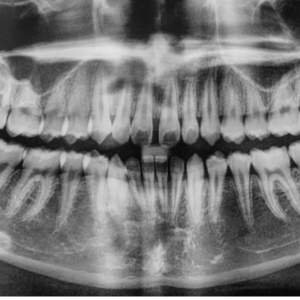The Plan: Introduction to Exodus
 The director Fred Schepisi tells a story about the time he invited an oral surgeon to his film class.
The director Fred Schepisi tells a story about the time he invited an oral surgeon to his film class.
Dimming the lights, the man tacked to the wall a group of backlit X-rays, different shots of the same mouth, which anyone could see, even in these ghostly representations, was a complete cluster disaster.
Some teeth needed to be pulled, some rotated, others pushed back or forward or sideways.
Nor could everything be done at once. Proper sequencing was essential. B had to follow A, because it was going to cause C, which would determine whether you needed to address D, or could skip right to E. It took the oral surgeon the full class period to map out his complex strategy for rectifying nature’s botched job.
When the lights came up, one of Fred’s puzzled students asked the obvious question: What did dentistry have to do with making movies?
“More than you’d think,” Fred told him.
Most complex human endeavors, he explained, require skill and intelligence, and talent always helps, but in addition to these you’ll also need intuition – the ability to recognize what’s related to what, as well as what at first glance appears related but actually isn’t. (Richard Russo, “The Destiny Thief.”)
******
Why were Ten Plagues necessary to free the Children of Israel from Egypt?
Why did Moses have to develop through so many steps to lead them out?
Why did Pharaoh need to be so thoroughly manipulated?
Why did the magicians play such an important role?
Why did the average Egyptian citizen have to suffer?
Why were the Children of Israel guided through so many steps?
******
There was clearly a plan.
If we examine the situation through the oral surgeon’s X-rays, we will realize that
“Some teeth needed to be pulled, some rotated, others pushed back or forward or sideways.
Nor could everything be done at once.
Proper sequencing was essential.”


